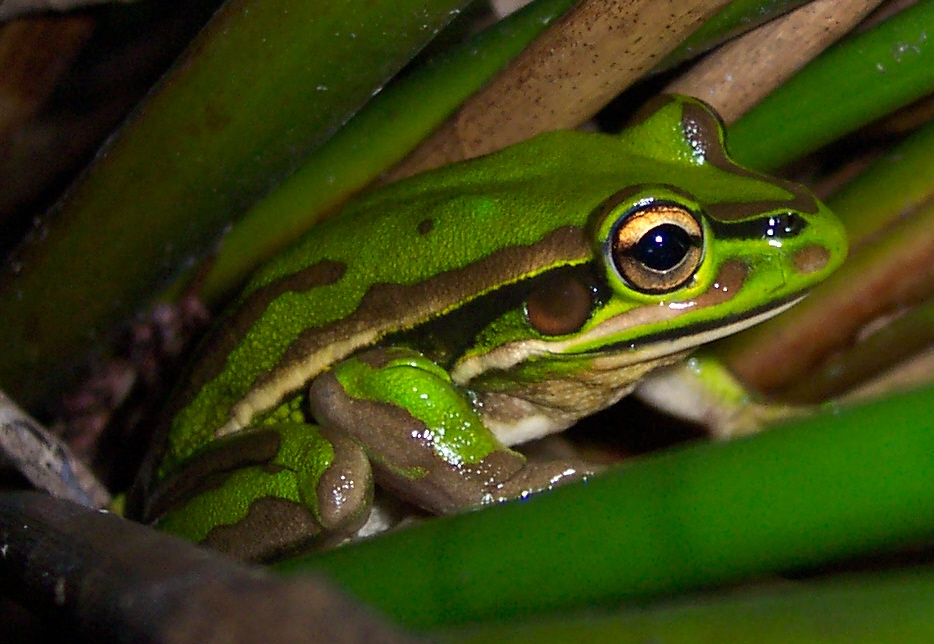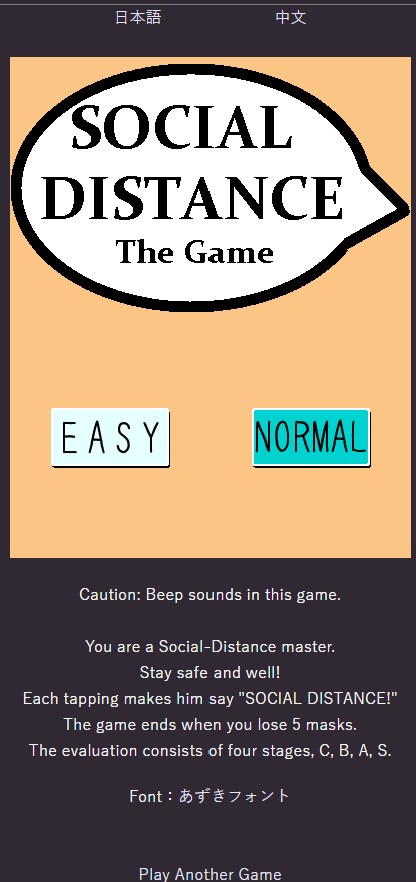Brickpit Biodiversity 1 – Lantana nil
The Green and Golden Bell Frog and hundreds of other native species are in a victory dance, with the final lantana removed from the Brickpit at Sydney Olympic Park after almost a decades work reported the SMH today.
Lantana, a weed of national significance is a highly invasive species threatening numerous plant and animal species and covers over 5 million hectares in Australia – that’s almost the size of Tasmania.
Lantana was brought to Australia in the early 1840’s as an ornamental plant and soon became a garden escapee of extraordinary proportions. The straggly thorny creeper forms impenetrable thickets and can produce up to 12,000 seeds each year.
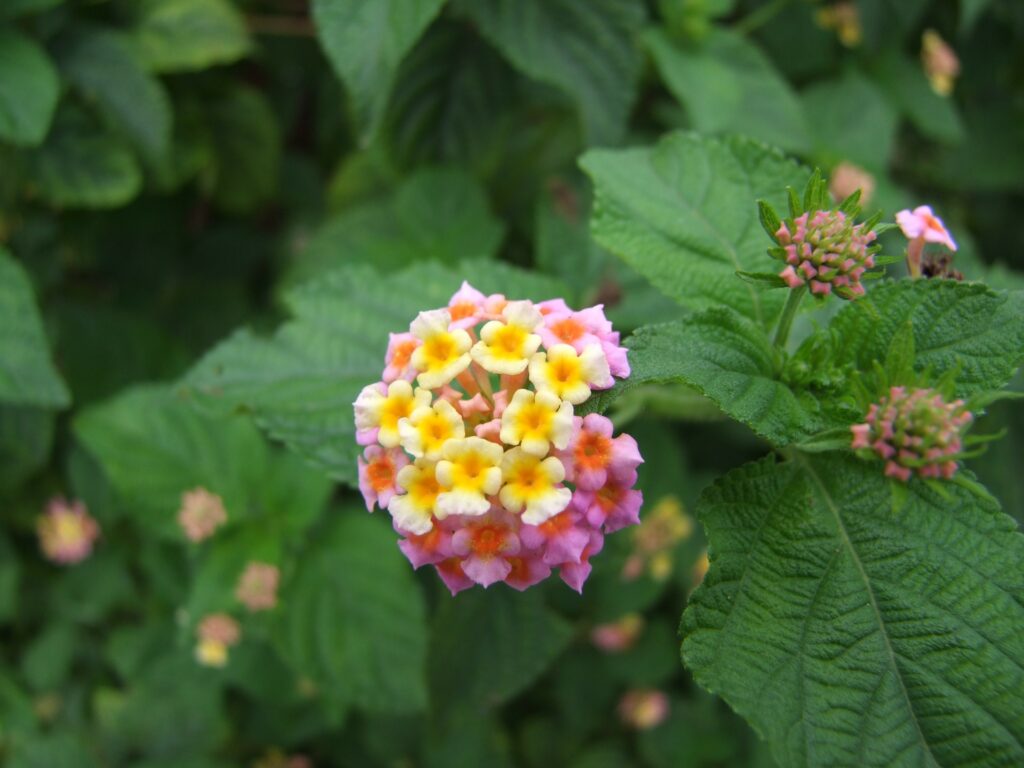
It’s a serious threat to biodiversity in several world heritage listed areas, so clearing the Brickpit might seem a drop in the ocean but it’s already paying biodiversity dividends.
Murder Hornets
The emergence of Murder Hornets or the Asian Giant Hornet in Washington State has even hit the news in Australia. They are the world’s largest hornet native to Japan and appear to be hitchhiking across the Pacific, with the first sightings last year on Vancouver Island and now further south in the U.S.

The huge (up to 4cm long and wingspan of 7cm) relentless hunter and very dangerous for European honey bees as well as native bees and insects. They can decimate bee colonies in days. They decapitate the bees, take the hive as their own and take the bee brood to feed their young. They can attack people if threatened, and have a highly toxic venom and have caused deaths in Japan. Interestingly, native Japanese honey bees have co-evolved with Asian giant hornets and are able to defend themselves.
The Giant Asian Hornet might be fuelling your nightmares but we don’t have them in Australia and want to keep it that way.
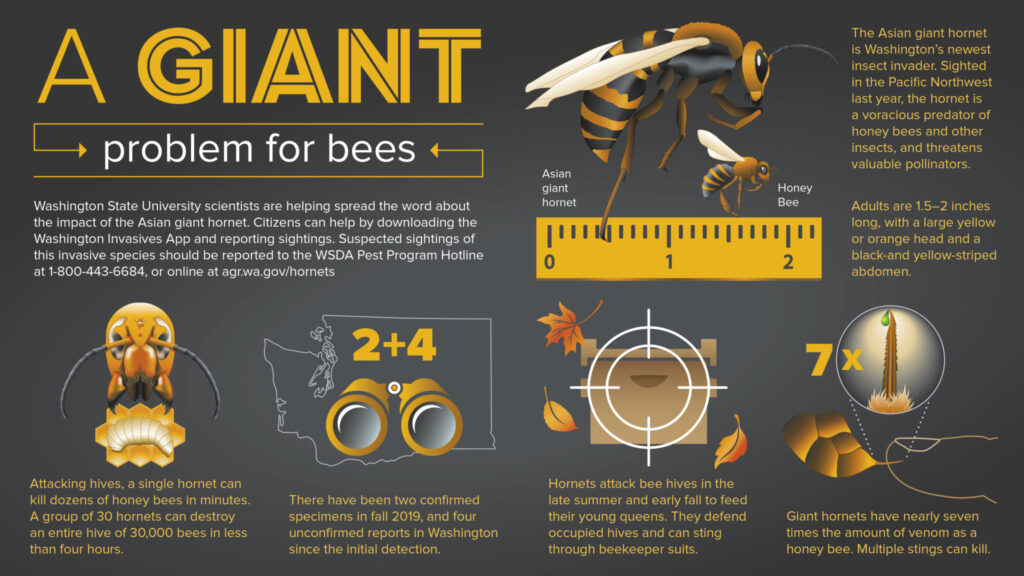
More info here.
UN call out to creatives
In April the United Nations called out to creatives to participate in a global challenge to help stop COVID 19 and the result is the United Nations Covid19 Creative Hub that has translated critical public health messages that inspire and uplift people and communities during this pandemic. Generous creators allowed the UN to use their creations via Creative Commons available to everyone.
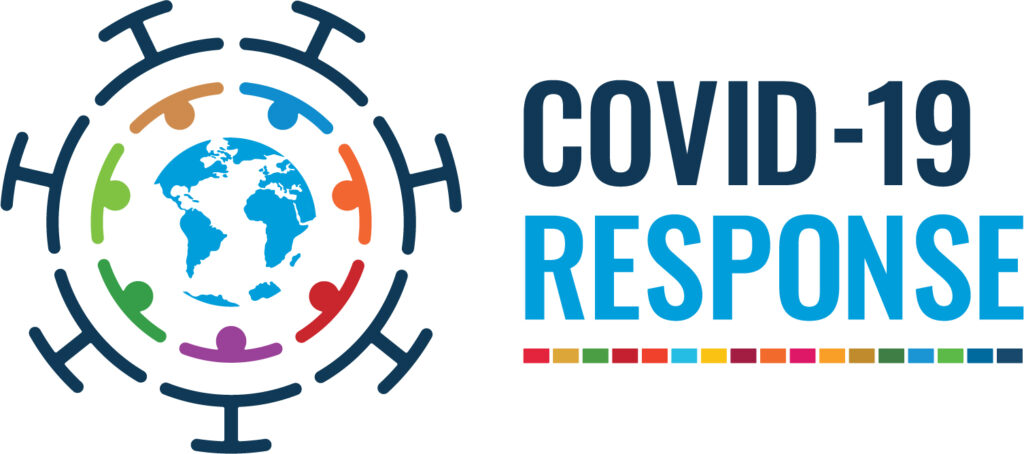
TBWA the Disruption Company in Melbourne created the 6 stamps categories for the art. Personal hygiene, Physical Distancing, Know the Symptoms, Myth Busting, Spread Kindness, and Solidarity.
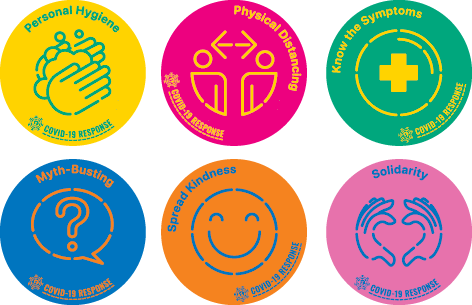
Over 3,000 artworks including illustrations, graphic design, video, audio, articles and activities in 18 languages were received. If you want to check out some of our planet’s amazing creators who want to spread unifying messages to combat the pandemic and unite people, check them out here at the Creative Content Hub.
Spot, the social distancing robot
Spot, Singapore’s robot dog made headlines in The Straits Times this week, when it was out and about in parks encouraging social distancing. Spot, developed by Boston Dynamics is armed with a pre-recorded message and cameras that can scan the surroundings and estimate the numbers of people nearby.
For the moment, Spot is out with a handler, but in future has the potential to head out alone safeguarding park staff from exposure. Singapore has unleashed Spot for a two week trial to see whether it is effective in encouraging social distancing and to look at other ways to minimise the second wave of COVID infections.
In another first, the Singapore National Parks Board has teamed up with the Digital Government Group to develop and launch the Safe Distance at Parks portal to help the public look for a local park near and check the visitor levels before they leave home – helping people get out and about safely.
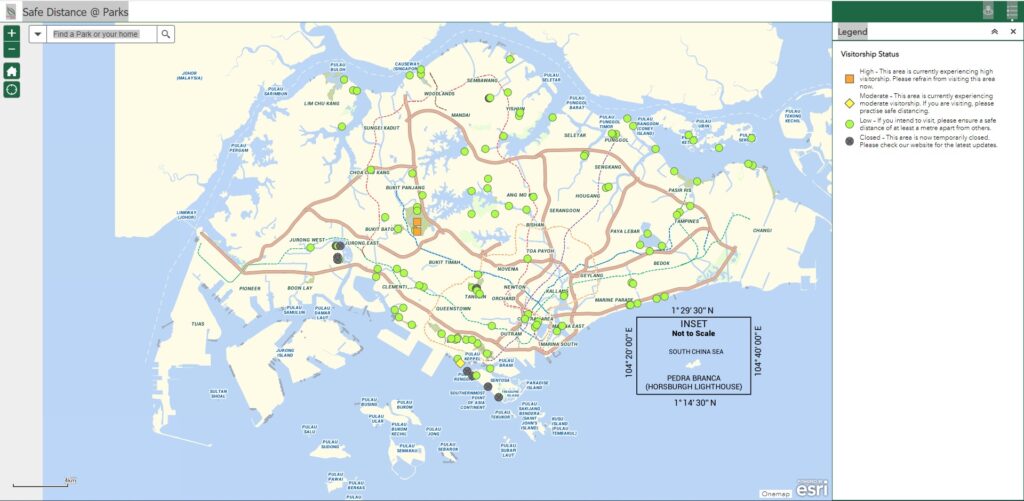
Drones along with park staff provide information on visitor numbers and density in parks and nature reserves.
It will be interesting to see the feedback from the trial, how people respond and whether it improves social distancing behaviour.
Serious fun and games
COVID19 is serious stuff, but we can all admit to groaning or tuning out to the worthy, accurate but mind bendingly boring ‘government’ ads. Luckily some countries and clever people are doing it differently.
Here are a few of the best that have engaged their audiences to spread the message.
An animated safety video with music by Erik and Min from the Vietnam Ministry of Health let everyone know how to give the virus the flick and even created an English version, but it became a viral sensation when Quang Dang created the #Ghencovy Challenge.
TikTok spawned thousands of posts from Vietnam and across the world.
In Japan, the Tokyo Governor Uuriko Koike’s urging for distancing kicked off the creation of the Mitsu Desu Game by Gunjo Chikin on twitter and became a viral hit.
The main character, resembling Governor Koike walks through the crowd and when tapped says “mitsu desu” which means you are close, which moves the crowd away. The goal to not let anyone in too close. When you have lost 5 face masks the game is over, a state of emergency is declared and you are asked to stay home.
If you love a good board game, now is the time to play Pandemic according to The Conversation, with Australia sales surging since isolation started. Pandemic is more than a game with a focus on cooperative strategies, creative problem solving and adaptive skills.
Two to four players play one of seven possible pandemic specialists, and through cooperative efforts, the goal of discovering of all four cures and preventing outbreaks before the game ends.
Games whether digital or analogue can provide an amazing way of engaging people, to educate and to manage the biosecurity risks.
Welcome to the biosecurity initiative
The Biosecurity Initiative aims to get to the heart of engaging people on why biosecurity is important and what they need to do to protect our health, animals and plants whether it’s about our environment or our agriculture.

We work as a bureau for information, engagement, and content creation, and we are flexible in bringing in the people you need to engage, deliver a single communication or a full project – we can scale to deliver.
The Biosecurity Initiative includes engagement specialists, content developers, videographers, podcasters, designers, policy experts, biosecurity scientists and technicians.

